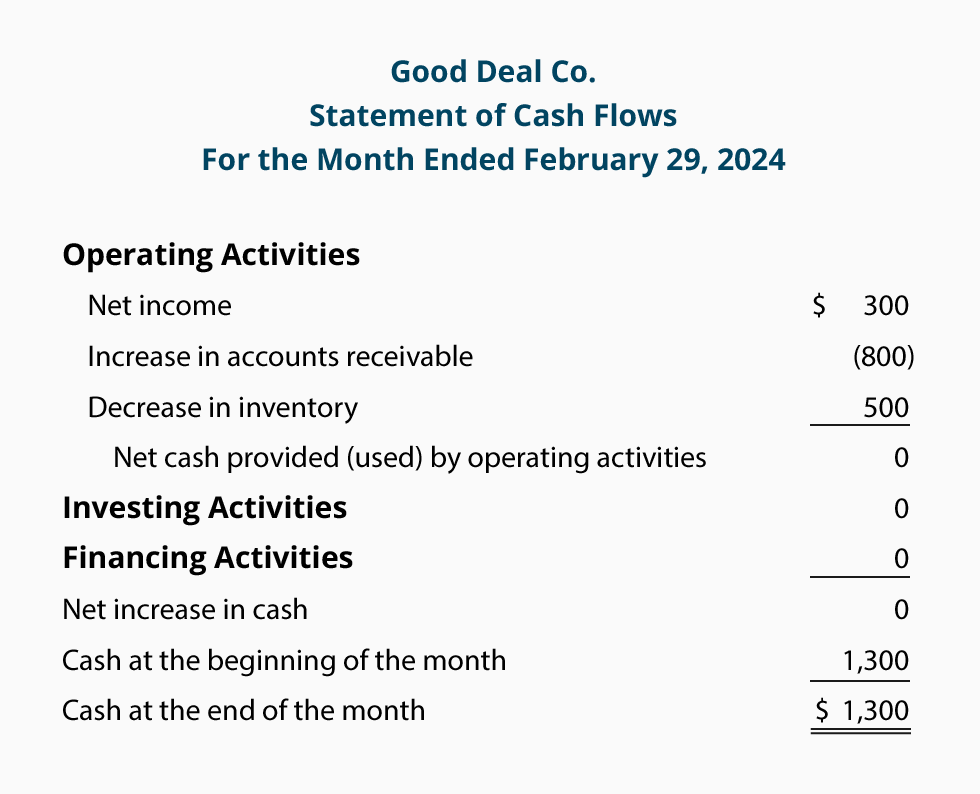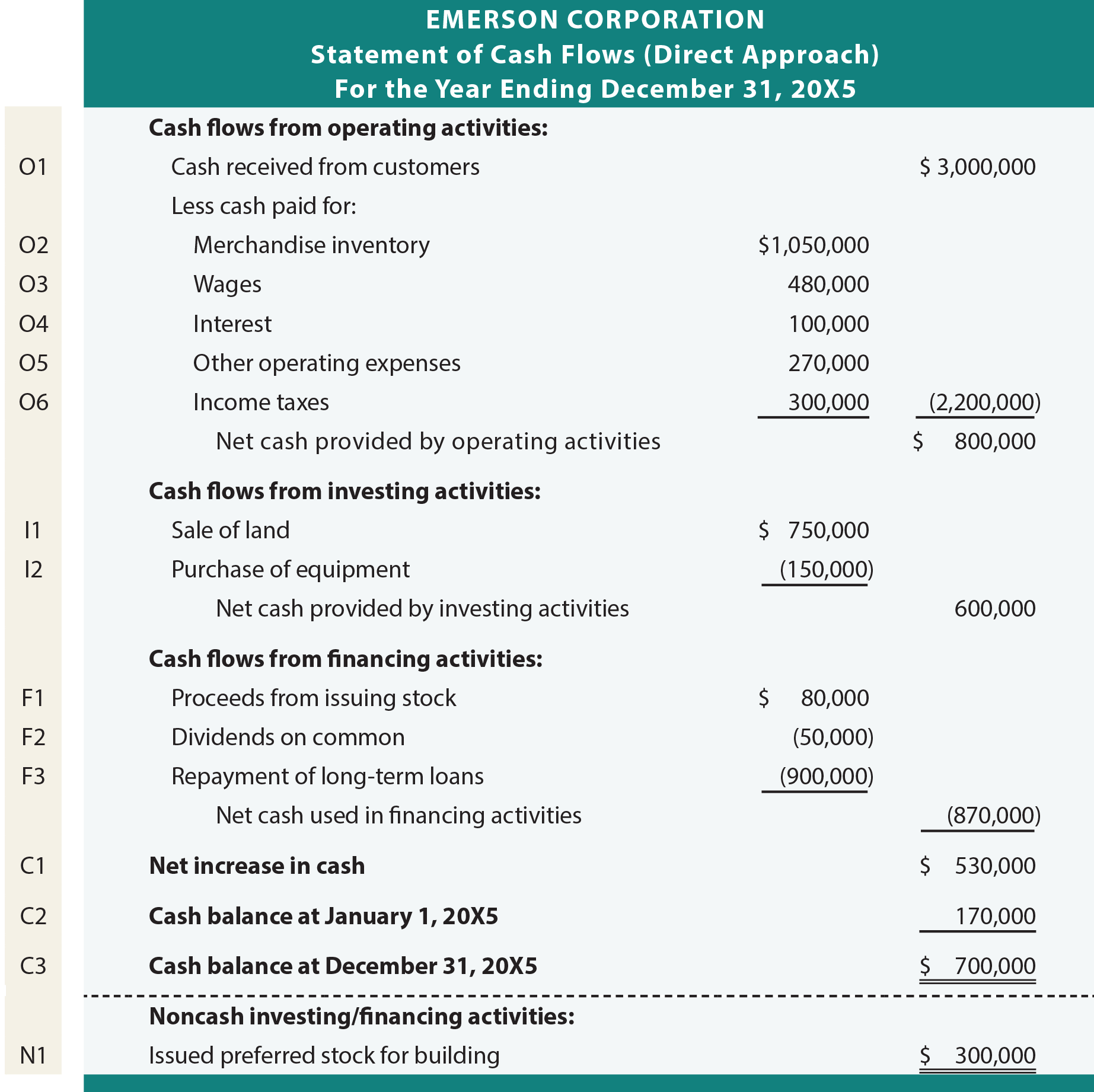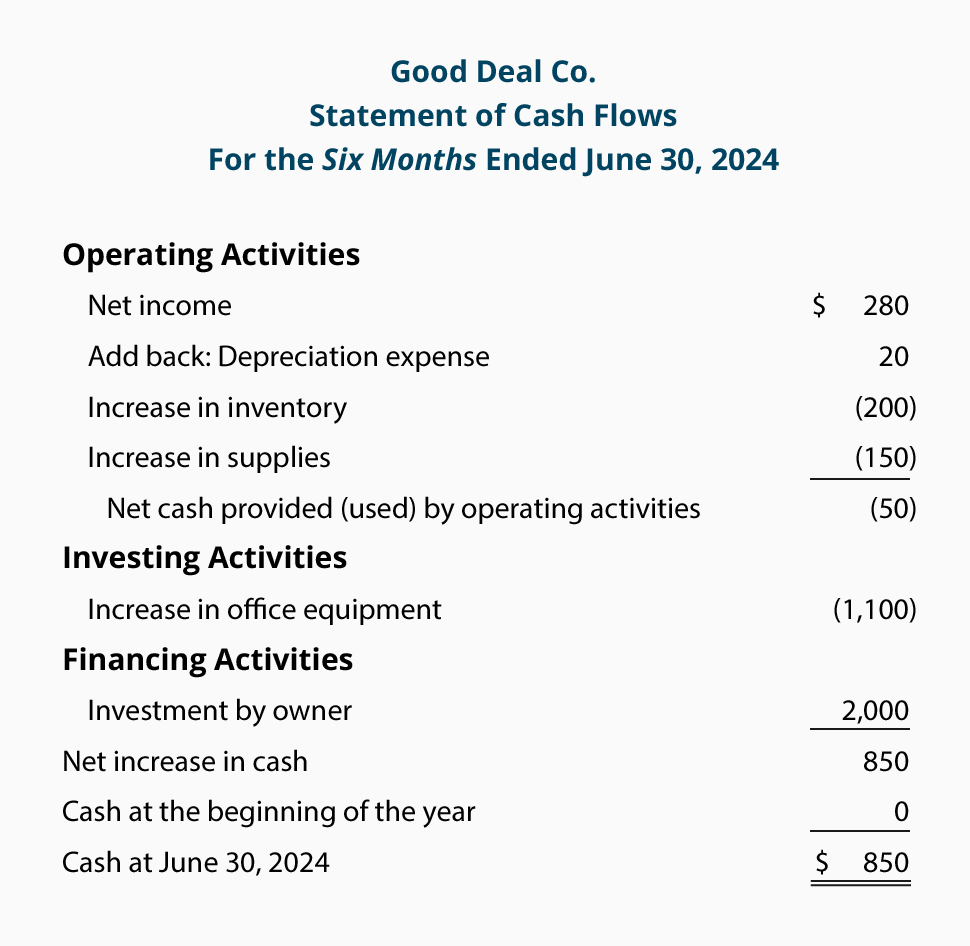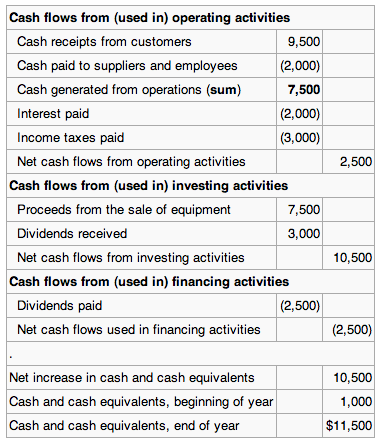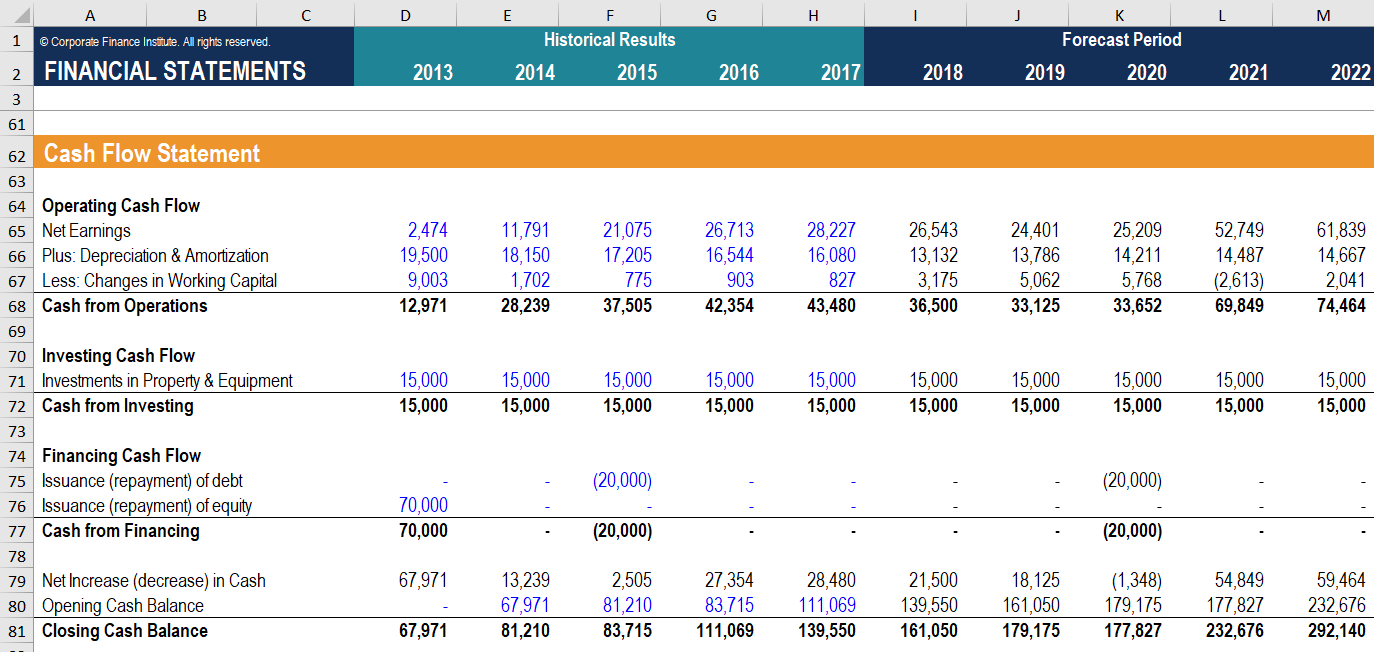Great Provision For Bad Debts In Cash Flow Statement

Bad debts are thus included as an expense in the income statement but not included as a line item in the cash flow statement direct method.
Provision for bad debts in cash flow statement. Decrease in provision for doubtful debt. The provision for credit losses PCL is an estimation of potential losses that a company might experience due to credit risk. The adjustment equals the difference between the cash collections from customers and revenues net of.
My assumption is that the prov. Bad debt expense from a write off is subtracted from Sales Revenues lowering Total Sources of Cash. Increase in sundry debtors.
A cash flow statement discloses net increase or decrease in cash during an accounting period. If your company prefers to use a bad debt reserve which is an amount set aside to cover bad receivables then the impact on the cash flow statement differs. It depends what the provision is.
Those two provisions are dealt with within the changes in working capital and the TNCA figures respectively. The bad debt provision reduces your accounts receivable to allow for customers who dont pay up. It may be included in the companys selling.
Provision for bad debts is the estimated percentage of total doubtful debt that needs to be written off during the next year. It should be noted that bad debts do however form part of the calculation of cash generated from operations when using the indirect cash flow statement which is the preferred method in the US. It is to be noted that sale proceeds of fixed assets is certainly g cash flow but this inflow will be shown in the cash flow statement under cash flows from investing activities.
Debited in PL AC is to be added back as non cash item and the changes in the Balance of the Prov. Bad debt expense is something that must be recorded and accounted for every time a company prepares its financial statements. In this case the previous year amount is treated as outflow in operating activities and the current year amount is added while calculating the profit before tax.



